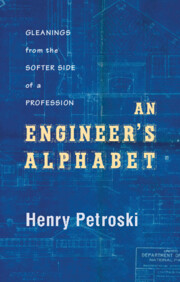K
Published online by Cambridge University Press: 25 October 2011
Summary
keys of honor societies. Traditionally, a key is a charm worn by a member of an honorary society to signify membership. (In contrast, professional society insignia have tended to be in the form of badges and lapel pins.) As late as the middle of the twentieth century, when engineering was still almost exclusively a male profession, it was common for engineers to wear one or more keys and badges suspended from a watch-, key-, or tie-clip chain. By the end of the century, only the oldest generation of engineers followed this practice, and the insignia that professional and honor societies still offered their members increasingly took the form of cuff links, tie tacks, pendants, earrings, and lapel pins, as well as keys.
The term key came to be applied to the older piece of society jewelry first in the nineteenth century, when pocket watches were common and were connected to men's vests by watch chains, which also served to hold small winding keys. Some members of America's oldest academic honor society, Phi Beta Kappa, which predated engineering and scientific honor societies by more than a century, altered their society badges by attaching the steel shank of a watch key to them. (Keys were necessary because the winding stem was not introduced in America until later in the nineteenth century. These watch keys were smaller versions of those used to wind grandfather clocks and spring-driven toys.) The modern honor-society key evolved from these early functional ones.
- Type
- Chapter
- Information
- An Engineer's AlphabetGleanings from the Softer Side of a Profession, pp. 172 - 175Publisher: Cambridge University PressPrint publication year: 2011



